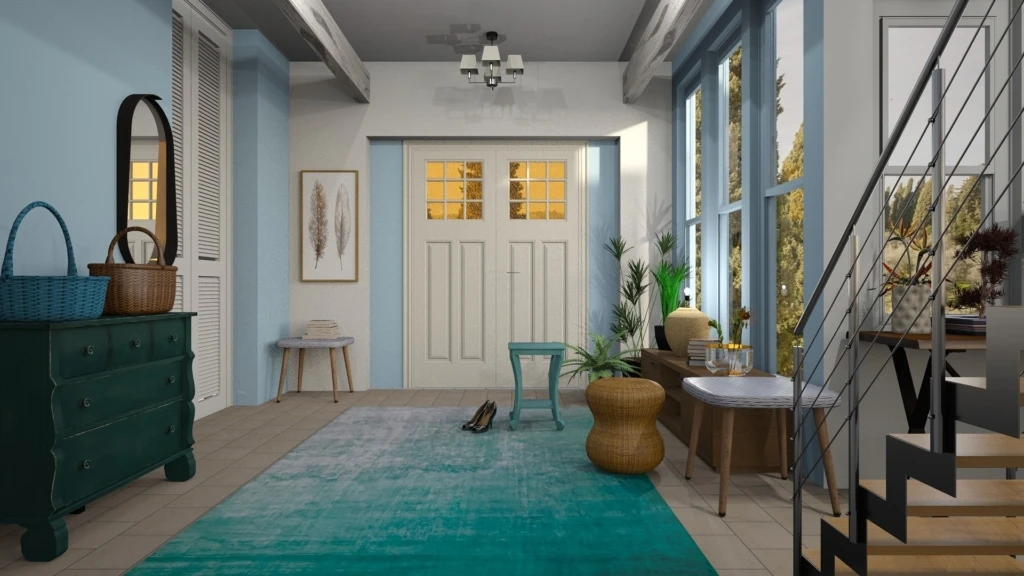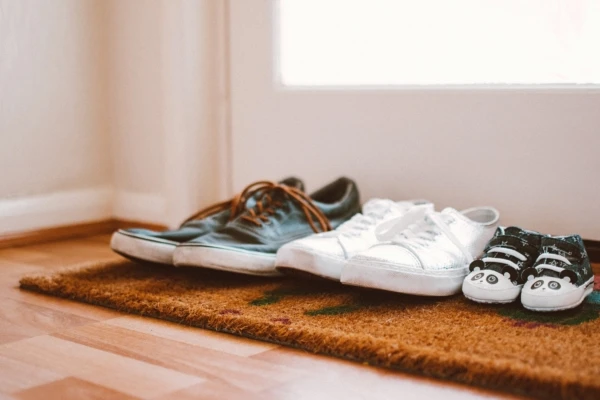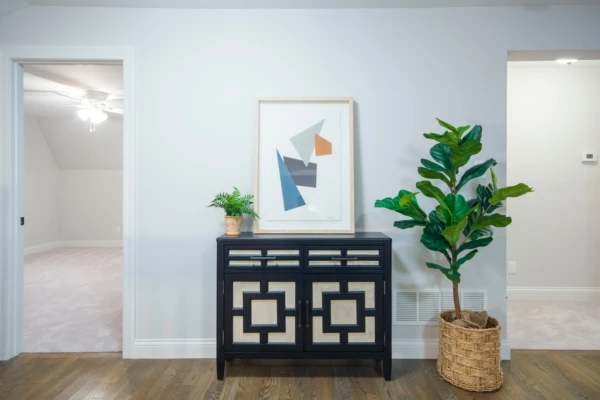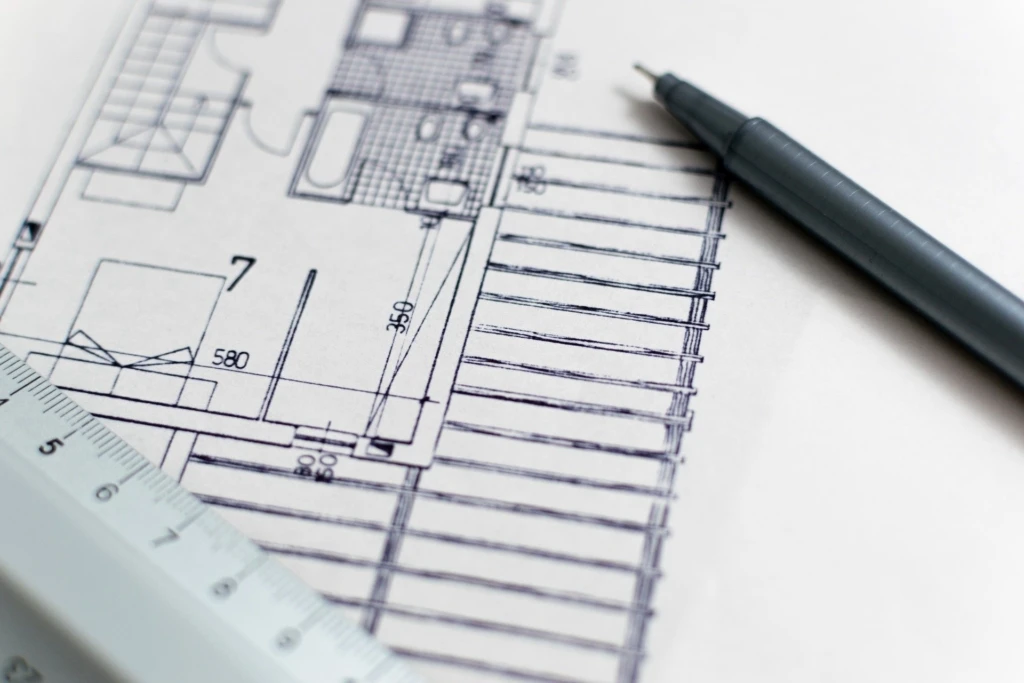Tips for Making a Small Entryway Work for You

Do you have a small and dark entryway that constantly fills up with clutter and mess? Or have you just bought an apartment where the entryway could use a refresh and brightening? If so, you've come to the right place. Let's talk right now about tips to make your entryway a functional and beautiful space that lifts your spirits – and those of your guests – as you step inside.
Unfortunately, many people neglect their entryways, thinking that since no one spends much time there, it can just be a dark corner that drowns under piles of clothes and things waiting to be taken out. In reality, it should be the opposite – your entryway could be bright, inviting, and tidy, because that's the feeling you get when you enter your own home. It's also worth considering that your guests form their first impression in those first few seconds spent in your entryway, and as we know, it's incredibly difficult to change a first impression.
According to feng shui principles, your entryway should always be in order, as it's the place through which positive life energy flows into your home.
Let's start with colors. If your entryway is small and rather dark, it would be good to use lighter neutral colors there, as they make a room appear brighter and larger. A painted light-colored wall is always a good idea, but you can also boldly use light wallpaper with a subtle pattern.
The flooring should be made of material that's easy to clean. If you really don't enjoy cleaning an entryway carpet, then there's no point in struggling with a light-colored one. But if you find a carpet that's easy to wash in a washing machine, for example, then lay it down confidently on your floor – it instantly creates a warm and pleasant feeling.
A mirror is probably something you can't do without in an entryway. You want to take a look at yourself before heading out, right? Second, a mirror is useful because it reflects the room's light.
Light can also enter your entryway through interior doors. If you have an entryway from which doors lead to other rooms, keep them open so that natural light can flow into your entryway as well.
Think carefully about artificial lighting and use two light sources when possible: one on the ceiling and one on the wall or above a cabinet. Their primary task is to brighten the room, but on the other hand, they also add coziness. A table lamp does the final job well.



But now let's talk about clothes and shoes. The first thing you need to take seriously and keep yourself constantly in check about is removing excess clothes from the entryway and keeping them in a closet or wardrobe. Let only a couple of coats hang in your entryway.
Shoes are the same story. Seasonal shoes that you use regularly should be kept hidden in a shoe cabinet or shoe shelf. And not too many pairs. We know that in your opinion, one person can never have too many shoes or boots (we agree!), but as a true shoe enthusiast, you probably still have all your shoe boxes and neatly arranged them in a row in your wardrobe or elsewhere on shelves.
Well-thought-out storage solutions are something one small entryway simply can't do without. As an entryway bench, you could use a beautiful chest that you can use for storage. Place a decorative cushion or folded blanket on top of the chest.
If you have little space in your entryway, we recommend using a small table instead of an entryway table. First, it holds a lot of things, and second, a table tends to end up full of junk anyway. Put a basket in the top drawer of the small table for items that accumulate on it. You can try once a week to find their owners, but if no one claims some pen or single key, then it no longer belongs in your home – and certainly not in your entryway.
On the small table or cabinet, keep only a small bowl for keys. And now you have space for one thing that always lifts your mood when you step through your front door – a vase with fresh flowers. Try it!
Your entryway should also have space for a shoehorn and shoe cleaning supplies. You can place these, for example, in the bottom drawer of the small table or on a small shelf with a basket for shoes.
If we think about it, small tables typically have three drawers, so one is left over – there you can place everyday-use hats, scarves, and gloves.
And that's everything necessary – out of sight, but still there and close at hand.




